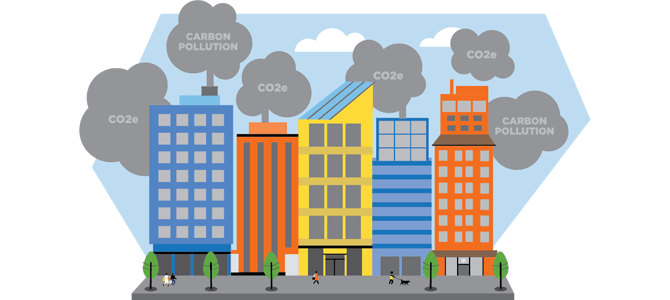

What you need to know
Owners and managers of existing large office and retail buildings will be subject to:
- Greenhouse gas intensity (GHGi) limits starting in 2026
- Heat energy intensity limits (HEL) for natural gas and district energy use starting in 2040
Review:
GHGi calculations
Our GHGi calculations do not consider a building’s electricity use because BC’s electric grid is supplied by hydro-electricity that produces very low amounts of carbon emissions.
Future greenhouse gas and heat energy intensity limits
Note Initially, our GHGi limits will only impact Vancouver’s largest office and retail buildings.
What you will be required to report in 2027
Starting January 2027, building owners and managers subject to the 2026 GHGi requirement will have until:
- June 1, 2027, to submit a complete energy and carbon report
- August 1, 2027, to get a carbon emissions operating permit (CEOP)
Need help?
Review FAQ, guides, and training videos that explain how to register properties in ENERGY STAR® Portfolio Manager® and our Building Performance Reporting System.
If you can’t find an answer to your question, contact us and schedule and appointment by:
- Phone: 604-330-3797 (9am to 5pm, Monday to Friday)
- Email: [email protected]
